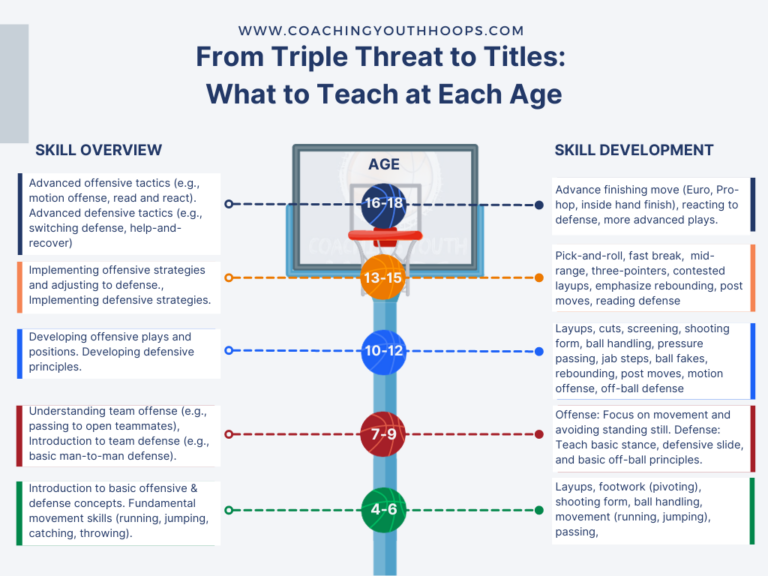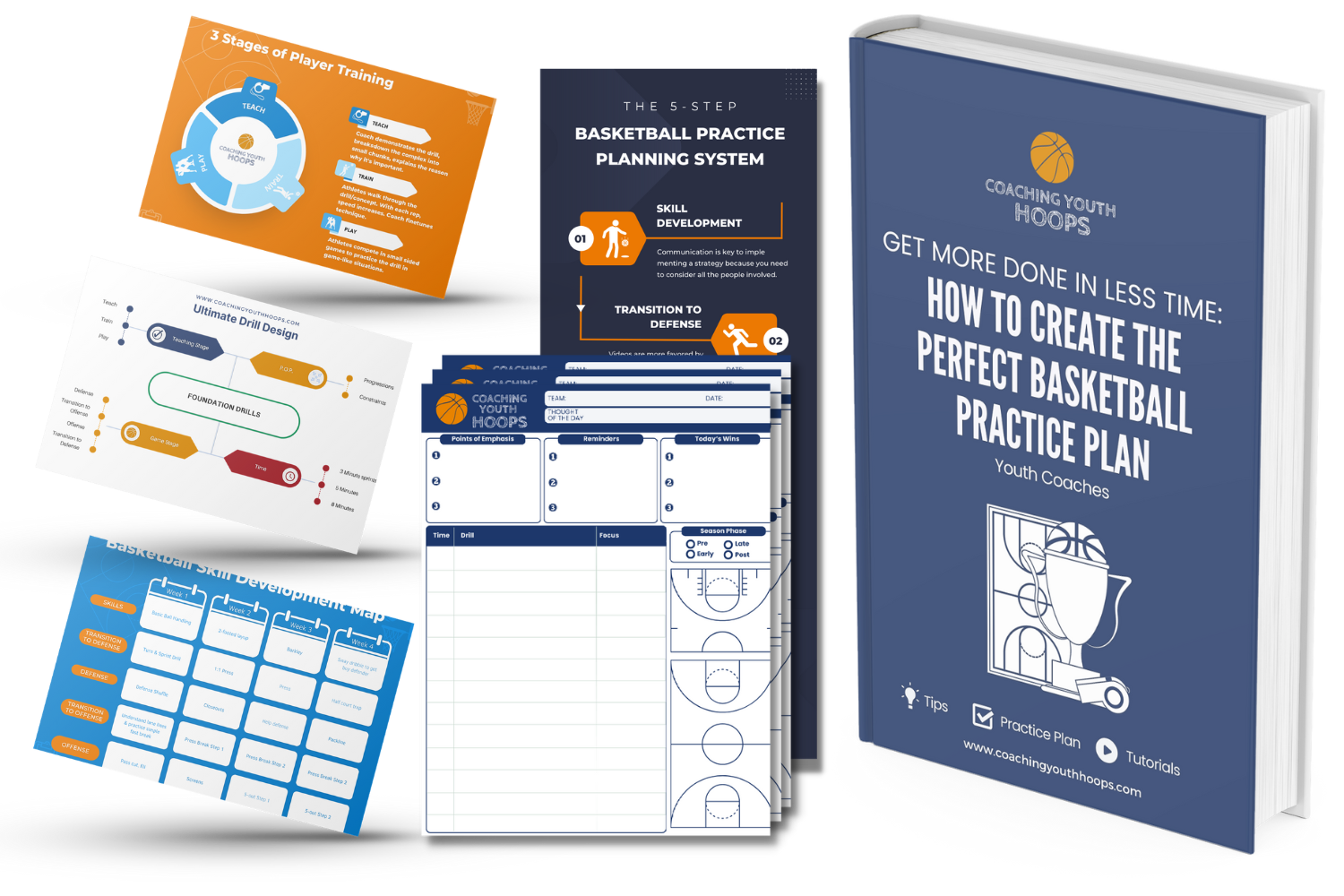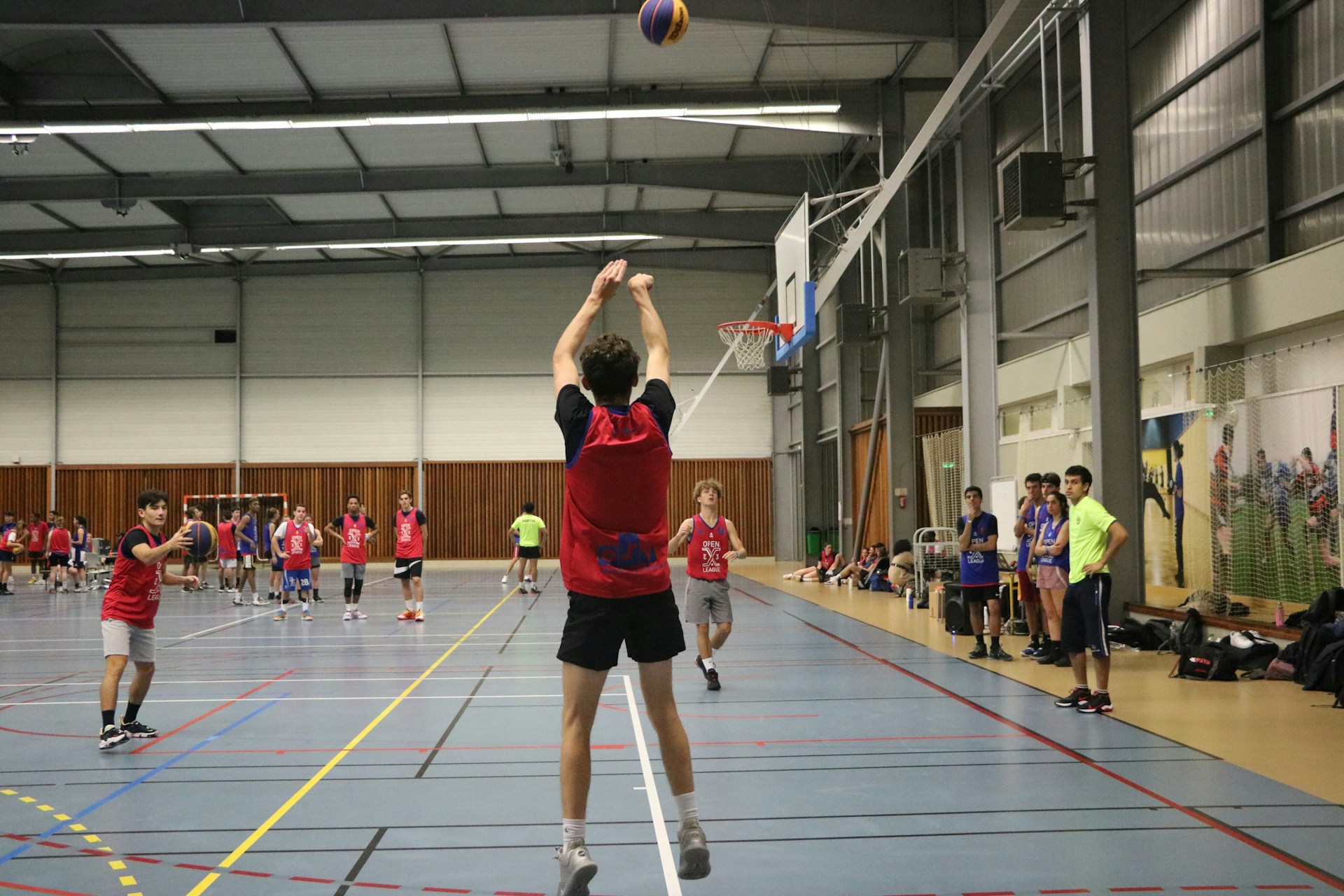Discussion Points:
- Introduction
- Embracing a Constraints-Led Approach in Youth Basketball
- A New Approach to Coaching Philosophy
- Implementing the Shift: What it Looks like in Practice
- Conclusion
- FAQs
Revolutionizing Youth Basketball Coaching with the Constraints-Led Approach
Introduction
For decades, youth basketball coaching has emphasized mastering a set of predefined fundamental skills, often taught in a highly controlled environment. Coaches would focus on drills that isolated specific movements, aiming to perfect technique before allowing players to apply these skills in game-like situations. However, emerging research and pedagogical practices suggest a different path forward—one that could revolutionize the way young athletes learn and play the game: a constraints-led approach.
Embracing the Constraints-Led Approach in Youth Basketball Coaching
As coaches, we’re always looking for ways to not only teach the basics of basketball but also to instill a deep understanding and love for the game in our young players. One effective method to consider is the Constraints-Led Approach (CLA). This approach helps players learn by tackling challenges that are carefully designed to improve their decision-making and adaptability on the court.
What is the Constraints-Led Approach?
Simply put, a Constraints-Led Approach is about setting up practice environments that push players to learn and adapt. Think of it as creating a variety of game-like scenarios where players need to think on their feet. This method is grounded in the idea that players will develop skills best when they are faced with real-world situations that may change from game to game or even moment to moment.
How Can You Apply CLA in Your Coaching?
- Adjust the Practice Drills: Mix up your drills to keep them fresh and challenging. For example, instead of having kids shoot from the same spot, encourage them to shoot from different locations under varying degrees of pressure. Modify rules occasionally to keep players thinking and adapting.
- Change the Environment: Use different settings for your practices. If you’re usually indoors, try an outdoor court to challenge players with new conditions. Introducing an audience during practice games can also simulate the pressure of a real match, helping players learn to keep their cool.
- Focus on the Player: Recognize that each young player is unique. Some might be faster, some might be more strategic. Set personal goals and challenges that are right for their individual level, which encourages personal growth and keeps frustration at bay.
- Promote Creativity and Quick Decision-Making: Let players experiment with their playing styles. Encourage them to try new techniques during games and practices. Set up drills that require quick decisions, like choosing the best moment to pass or whether to go for a shot.
By integrating the Constraints-Led Approach into your coaching, you create a more dynamic and engaging practice environment. Your players will not only improve their basketball skills but also become smarter, more creative players. This approach helps develop young athletes who are prepared for the unpredictable nature of real basketball games, making the sport more fun and rewarding for everyone involved.
What to Teach at Each Age
Unlock the secret to crafting drills and practice plans that perfectly match your team’s cognitive and motor skill growth at every age level.

Implementing the Constraint-Led Approach in Youth Basketball
A New Approach: 5 Key Concepts
This new coaching philosophy, the constraints-led approach, is built on several core concepts that prioritize the unique needs and abilities of each player:
- Rethinking Fundamentals: The importance of fundamentals in youth basketball cannot be overstated, as they form the bedrock of skill development and a deep appreciation for the game. But traditional views of what constitutes a basketball fundamental are being questioned. Instead of repetitive drills, the focus shifts to skills that are directly applicable to in-game situations.
- Variable Practice Planning: Recognizing that learning is not a straight line, this approach encourages coaches to facilitate environments where players can explore and find their own solutions to the problems presented by the game.
- Dynamic Drill Work: This framework suggests that effective learning happens when players are allowed to interact dynamically with their environment, fostering a deeper understanding and adaptability of skills.
- Problem-Solving Skills: By viewing basketball as a series of problem-solving opportunities, players learn to adapt their techniques and decisions to the unique context of each game situation.
- Tailored Learning Environments: Creating practice scenarios that mimic real game challenges helps players develop skills in a context that mirrors actual play, enhancing the transfer of learning from practice to games.
Implementing the Shift: What It Looks Like in Practice
Adopting this new constraints-led approach philosophy means making significant changes to practice sessions and coaching methods:
- Less Emphasis on Drills: Moving away from a heavy focus on repetitive drills that isolate specific skills.
- More Game-like Scenarios: Incorporating small-sided games and tailored practice environments that simulate real game situations.
- Encouraging Exploration: Allowing players the freedom to explore different ways of executing skills, fostering creativity and adaptability.
- Individualized Feedback: Providing feedback that considers the unique learning path of each player, rather than imposing a one-size-fits-all technique.
Conclusion
The shift towards a more dynamic and player-centered coaching philosophy in youth basketball is not just a trend—it’s a response to a deeper understanding of how athletes learn and develop. By embracing the new concepts associated with a constraints-led approach, coaches can help young players not only improve their skills but also enhance their love for the game. This approach fosters an environment where creativity, adaptability, and problem-solving are at the forefront, preparing players for the unpredictable and ever-changing nature of basketball.
Boost Skill Development, Eliminate Stress and Run Better Practices

FAQs
Q: Isn’t mastering fundamentals important for young players?
A: While fundamentals are important, the definition of what constitutes a fundamental is evolving. Skills that are directly applicable in game situations and that promote adaptability are now considered more beneficial.
Q: How can I implement this new constraints-led approach philosophy with beginners?
A: Start by creating practice environments that mimic real game situations. Use small-sided games and tasks that encourage players to explore and find their own solutions to basketball problems.
Q: Won’t this approach create chaotic practices?
A: While practices may seem less structured, they’re carefully designed to challenge players in ways that are directly relevant to the game. It’s about controlled chaos that mimics the unpredictability of actual play.
Q: How can I assess player development without traditional drills?
A: Focus on assessing how players adapt and solve problems in game-like scenarios. Look for improvements in decision-making, creativity, and the ability to apply skills in various contexts.
Q: Can traditional drills still have a place in this new approach?
A: Yes, traditional drills can be used selectively, especially for introducing basic concepts. However, the emphasis should be on integrating these skills into more dynamic and contextualized practice environments.



